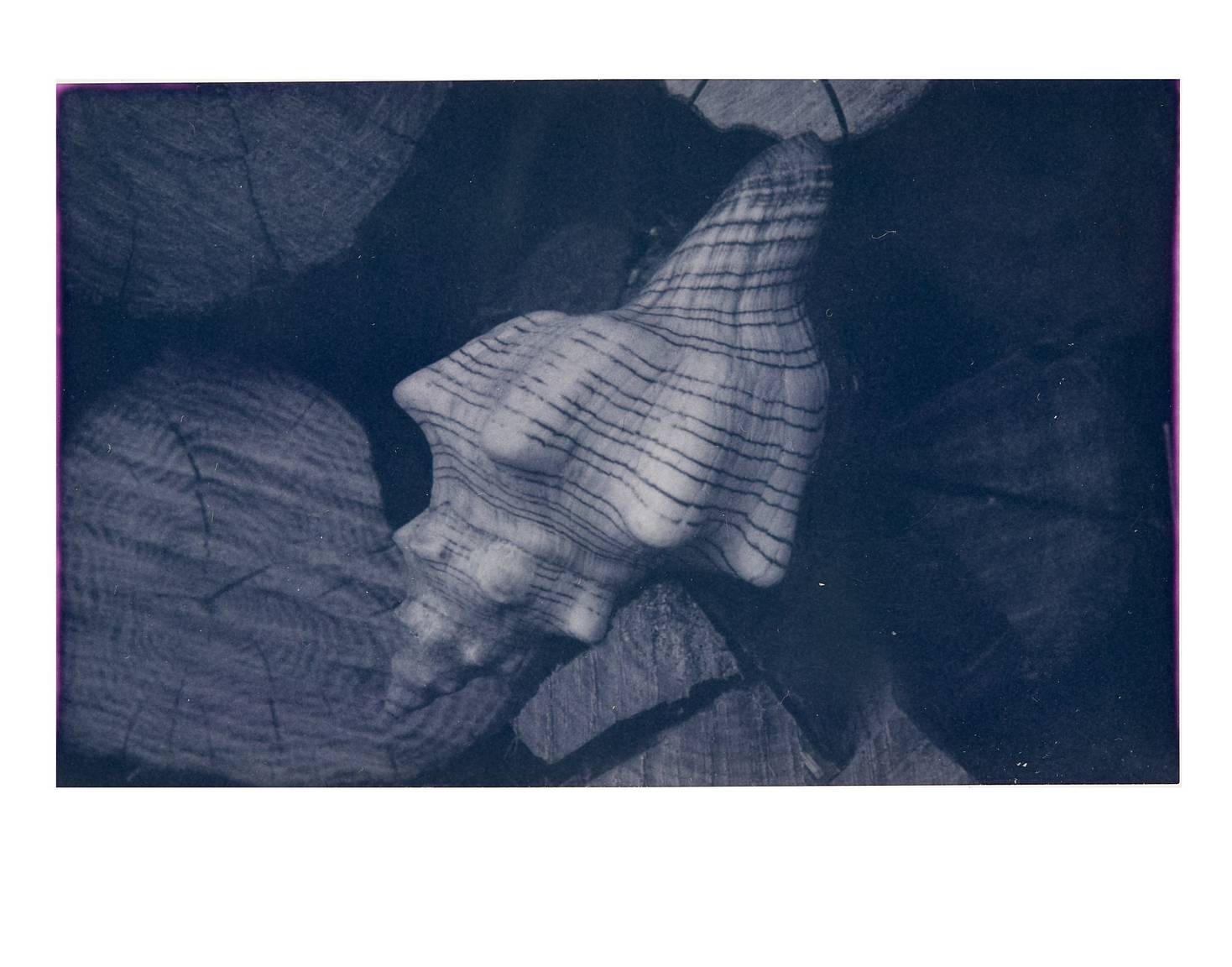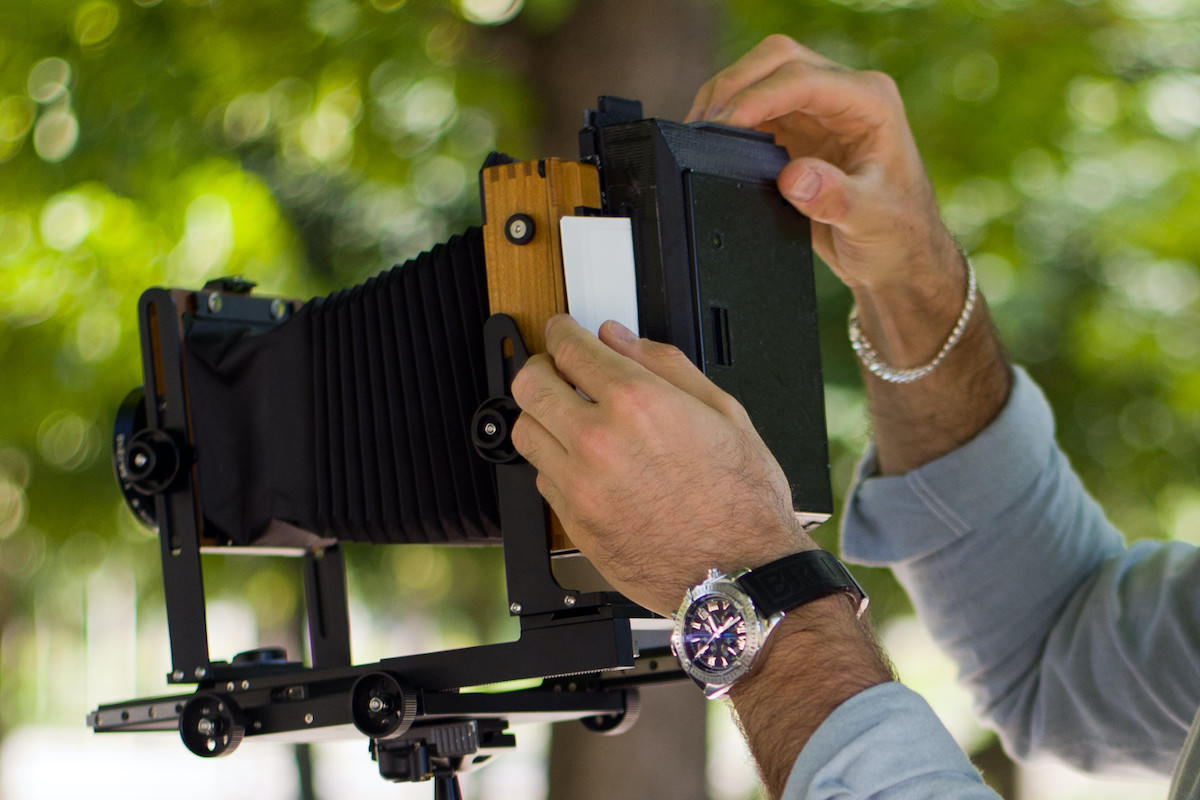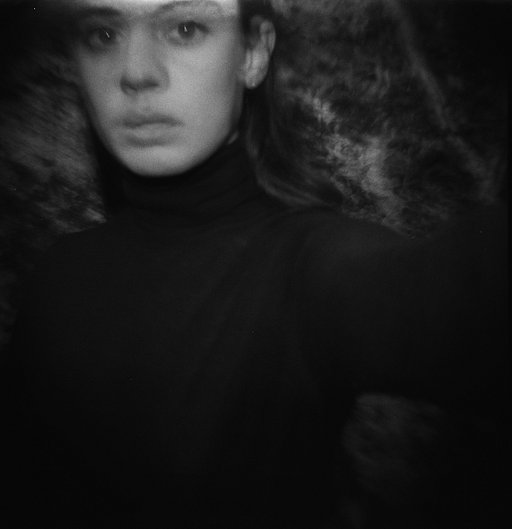LomoGraflok Instant Back: A Chat With Gerardo Bonomo
3 Share TweetGerardo Bonomo is a photographer and popularizer of analogue photography. He talks about different aspects of film photography on his YouTube channel and blog. Recently, Gerardo tried his hand at taking some shots with our LomoGraflok Instant Back. Here's how he got on.
Welcome Gerardo! Could you please introduce yourself to the readers of our Online Magazine?
Hello everyone, I'm Gerardo Bonomo, born in 1958. I'm a journalist, photographer and popularizer of photography and I specialize in black and white film. You can find me on my Youtube channel and my website.
Tell us about your photographic background. When did you become passionate about photography and film in particular?
I started my journey into photography, thanks to my 64 years of age, in 1970, in black and white of course, which at that time was the only system that was economical and allowed to follow personally both the development and the printing process. The black and white silver language still remains the basis of the other photographic languages, both color negative and digital, because it is extremely rigorous, does not admit mistakes and teaches you to understand light and to look for the iconic side of what you observe, without getting distracted by color.
On your YouTube channel and in your blog you cover many aspects of film photography, from the use of the large format view camera to the history of some analogue cameras, from tips for proper exposure to the developing process. Is there a topic that you are most passionate about?
The topic that I am most familiar with is the view camera; it is the most complex on the one hand, the one that returns the best results in terms of tonal range in print on the other. However, I also consider scanning negatives important and vital, to have a backup copy of a medium, the negative, which is very fragile anyway. I do not use scanners, but a digital camera with a macro lens with which I obtain scans that can then be printed via plotter in 1x2 meter format.
You recently took some shots with the LomoGraflok, Lomography's instant back for 4x5 cameras. How was the experience? Do you have any advice or opinion you would like to share with our readers?
I have always preferred the view camera. In another life, I used the Polapan 55 which gave back a reusable black and white negative in addition to the positive, but there is no use crying over spilled chemicals. I found the Graflok first and foremost to be a strong, well-built, intuitive tool that is very easy to use. The only downside is the ability to use it only with Graflok-equipped view cameras and folding machines, but that's still 90% of them.
I have taken 40 shots and the LomoGraflok did not make any mistakes, for example, in printing out the picture. I shot in both black and white and color but - unbelievable! - I preferred the color shots because of their unique accuracy and at the same time authenticity in the restitution of the image. The resulting shots are very similar to the Cibachrome prints that were made in the 1980s. The uniqueness that defines each print, thus irreproducible - unless you scan it - brings the result beyond the photographic philosophy, which was born to reproduce infinitely, and brings it closer to painting.
You shoot rigorously in black and white. Would you explain the reason for this choice? What value does it have for you?
As a young boy, as I explained, black and white was first of all an affordable option, not an artistic choice, sadly. But then I noticed two major differences from color: first, you can personally follow the whole process, from shooting to printing, and decide for each print whether to give more emphasis to contrast rather than choosing high or low key. I was never interested in re-framing or cropping. I frame already knowing that the whole frame will be printed in its entirety, but cropping remains a personal choice anyway, one that cannot be delegated.
On the side of the essence of black and white photography I would like to say: photography started out as a black and white language - due to technical limitations at the time - but then a monochromatic form of communication, still appreciated in the third millennium, was born. It is a train that started in 1830 and on which one can still ride today. On an emotional level, black and white photography on the one hand takes away all the superfluous, and on the other hand exponentially increases the photographer's focus on the lights, the essence of the subject, the textures, the monochromatic cast of reality. Quoting Wim Wenders, “Life is in color, but black and white is more realistic.”
You also shot on color film with the LomoGraflok. How was this exception to the rule?
Better than with black and white shots. Instant photography was born in black and white at the hands of “genius” Edwin Land, who then, over decades of work, achieved his true dream, self-developing color instant photography. And if the “genius” aimed for color, there was and still is a reason.
On your website you write, "To start or begin shooting on film and printing depends only on how much each person wants to put himself or herself out there or get back in the game". You have been involved in film photography for many years. Any advice for our novice analogue readers?
Spend 90% of the budget on film and paper and 10% of the budget on cameras. Erich Fromm wrote in the famous essay “To Have or to Be?”: the world is divided into those who have cameras and those who use them. These are two classes that are both respectable, but very distinct. The former is fulfilled by the possession of the object; the latter is fulfilled by the making and possession of the photographic print. It is like disturbing Van Gogh and asking him whether he favored canvases, brushes and easels or the making of the painting more.
Do you have any interesting projects planned that you would like to share with us?
My project is to leave a technical/emotional/spiritual testament to those like me who love photography. 90% of what I have learned I have done by making mistakes and trying again, not by reading books. I want to leave this awareness and discipline of mine to others. I will also continue to conduct one-to-one photography courses, which differ from workshops because between the teacher and the student we create an assonance, even a human one, that would not be easily managed in a workshop. In parallel to the dissemination project I will keep on shooting. My now lifelong project is local and dwells on subjects or objects that are seemingly insignificant but find their own identity in my photographs.
Lastly, digital is stable if we consider the equipment, no drag system, no problems with mediums, like films, the ability to immediately review the shot. But the shot, as long as it remains an image, is nothing more than a series of binary numbers, often resting on a virtual cloud, which must be transduced by computer or smartphone to be visible to the human eye. A photographic print is quintessentially visible-just pick it up in your hands and look at it. It has a longer life expectancy, does not require transducers, and remains trusted and concealed in our drawers or portfolios without backups on hard drives - which can break.
Thank you Gerardo! Follow his projects on his website and watch his videos on Youtube.
written by ludovicazen on 2022-10-19 #gear #people #videos #black-and-white #video #large-format #community #b-w #italy #lomograflok
































No Comments